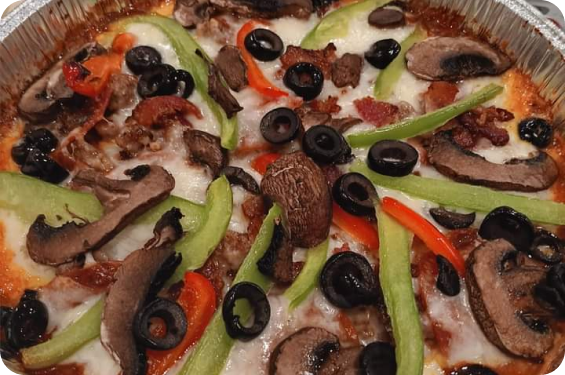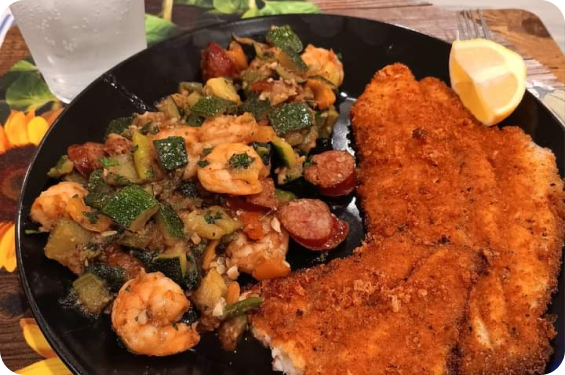Keto FAQ’s
Any Questions?
We got you.
What is Keto?
Short for Ketogenesis (“fat burning”) … A metabolic state when carbohydrate intake is low enough to switch the body over from using carbohydrates as its primary source of fuel over ketones which are a by-product of fatty acids that are produced in the liver.
Is the Keto Diet safe?
A well formulated ketogenic diet is safe. A few examples where the keto diet is not advised are: Being underweight, nursing, medical conditions that a low carbohydrate diet would complicate. Also, the Keto diet is not advised for children.
Is the Keto Diet sustainable?
Yes, keto is sustainable. There are many keto dishes that are delicious and filling. There is no counting calories or macro nutrients (macros) on keto. Dieters eat to satiety.
Why do I have to eat so much fat on Keto?
It is not necessary to eat a lot of fat once your body has become fully adapted to burning its own body fat for fuel. However, since Keto is a low carb diet you will need to have an energy source to fuel your body. The Keto diet recommends 70% of your diet comes from fat. Fat helps someone starting the Keto diet to go longer between meals without feeling the need to snack.
How long does it take to get into Ketosis?
It normally takes 2 – 4 weeks, maybe longer. It depends on how low carbohydrate intake is. It’s recommended to consume up to 20 carbs per day to enter “nutritional ketosis”. However, your unique body metabolism may allow up to 50 grams per day of carbs. Also, pre-existing health issues can determine how long it takes to enter ketosis.
Can I eat fruit on Keto?
You can eat fruit on Keto. However, it is recommended to eat very modestly. Fruit contains fructose, sugar that can spike insulin and blood glucose levels. For someone starting Keto, it is recommended not to consume fruit because depending on the type of fruit the carbs can add up quickly to exceed the daily recommendation. Berries such as raspberries, blueberries, blackberries, and strawberries are fruits that are recommended.
What kind of foods can I eat on Keto?
Meat, poultry, eggs, seafood, fish, and shellfish. Non-starchy vegetables, dairy (whole fat). Healthy fats such as butter, ghee, olive oil, coconut oil, and avocado oil. Coffee, tea, diet soda, water. Sugar alcohols such as allulose, pure stevia, Swerve (erythritol), monk fruit, xylitol.
What percentage of macros do I eat on Keto?
The recommended percentage macros on Keto are: 70% fat, 25% protein, 5% carbohydrate. This makes Keto a high fat, moderate protein, low carb diet (LCHF).
Can a vegetarian do Keto?
Yes, a vegetarian can do Keto. The key is keeping carbohydrates low.
What is Keto Flu?
Symptoms that mimic the flu such as headache, dizziness, low energy, and nausea etc. These symptoms can appear when carbs are low causing the loss of minerals during urination. Also, the body is switching over from burning carbs as its primary source of fuel to burning fat. Some people experience the keto flu, and some don’t. To help mitigate the symptoms, it is advised to take electrolytes, especially sodium.
What are the benefits of the Keto diet?
Weight loss, reverses Type 2 diabetes, stabilizes blood sugar/glucose levels, lower blood pressure, suppresses appetite, decrease cravings and hunger, increases mood, increases cognitive function, sharpen focus/ decreases brain fog, increases energy.




